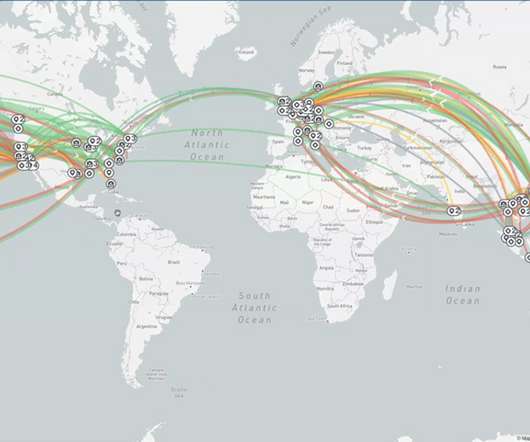Molex Prizes Agility
Logistics Viewpoints
DECEMBER 5, 2022
Those shipments can move directly to customers or move to several regional distribution centers (DCs) that serve as forward inventory locations and consolidation hubs servicing customers and channel partners. The data from Infor Nexus also helps the transportation teams do better carrier sourcing.
















Let's personalize your content